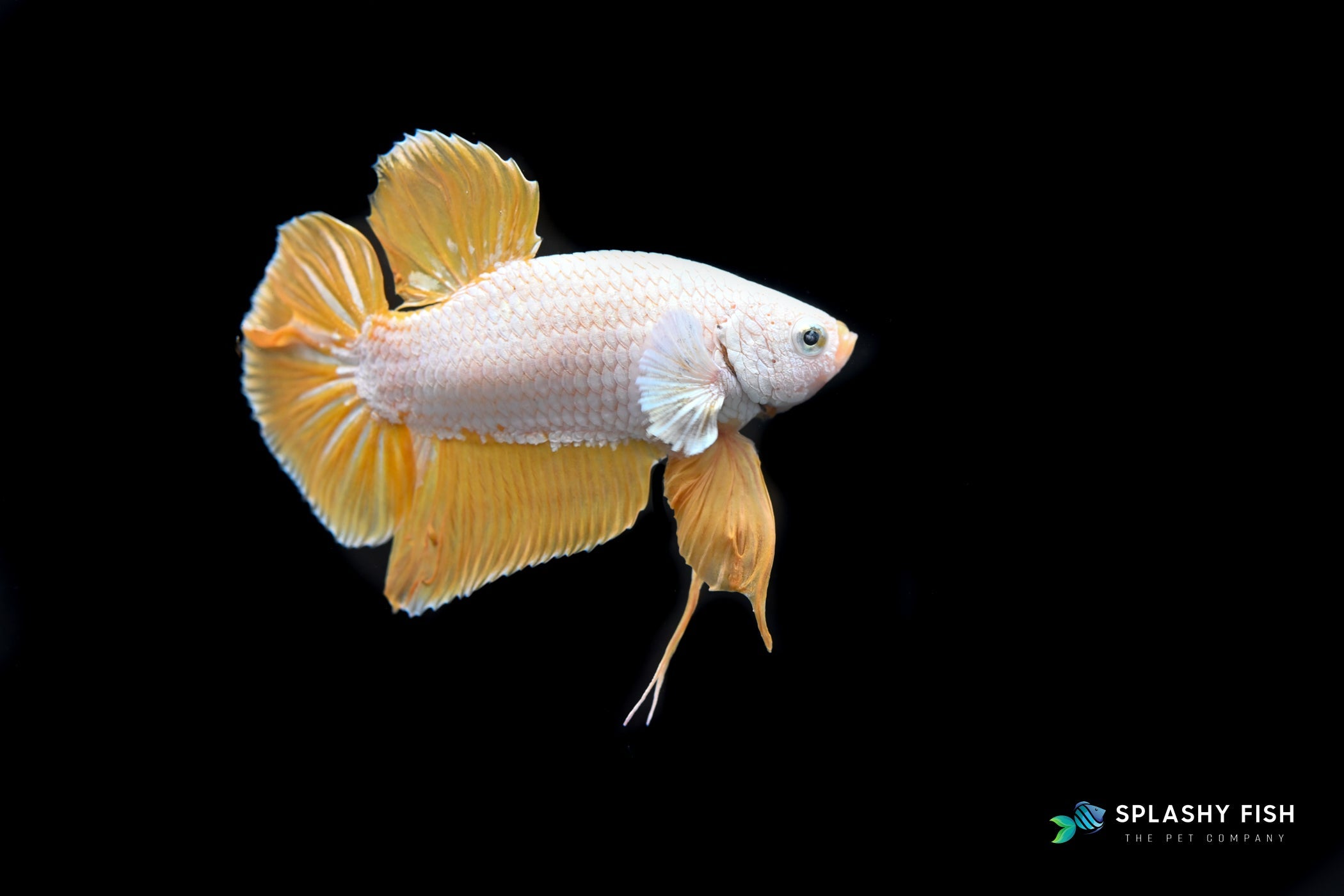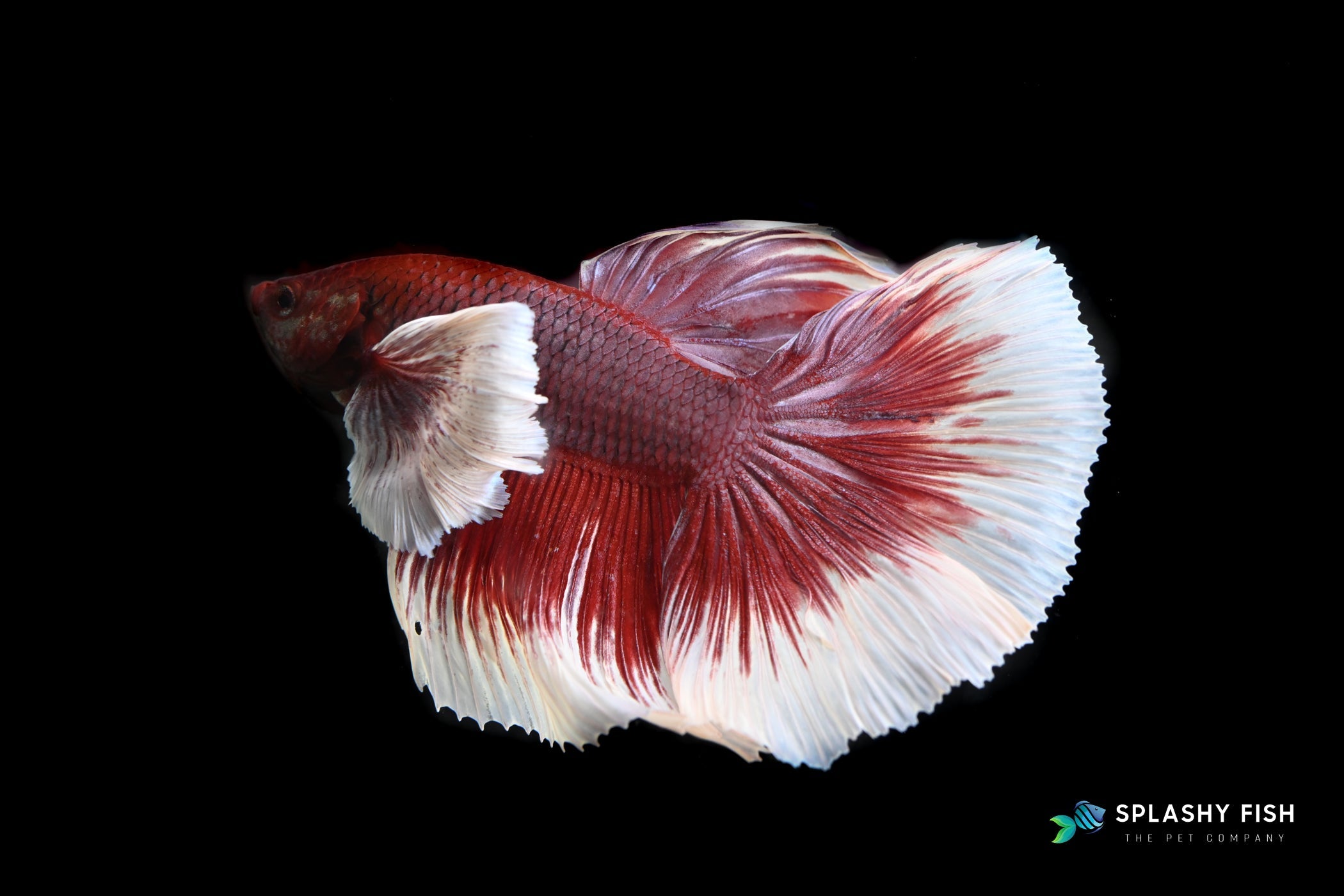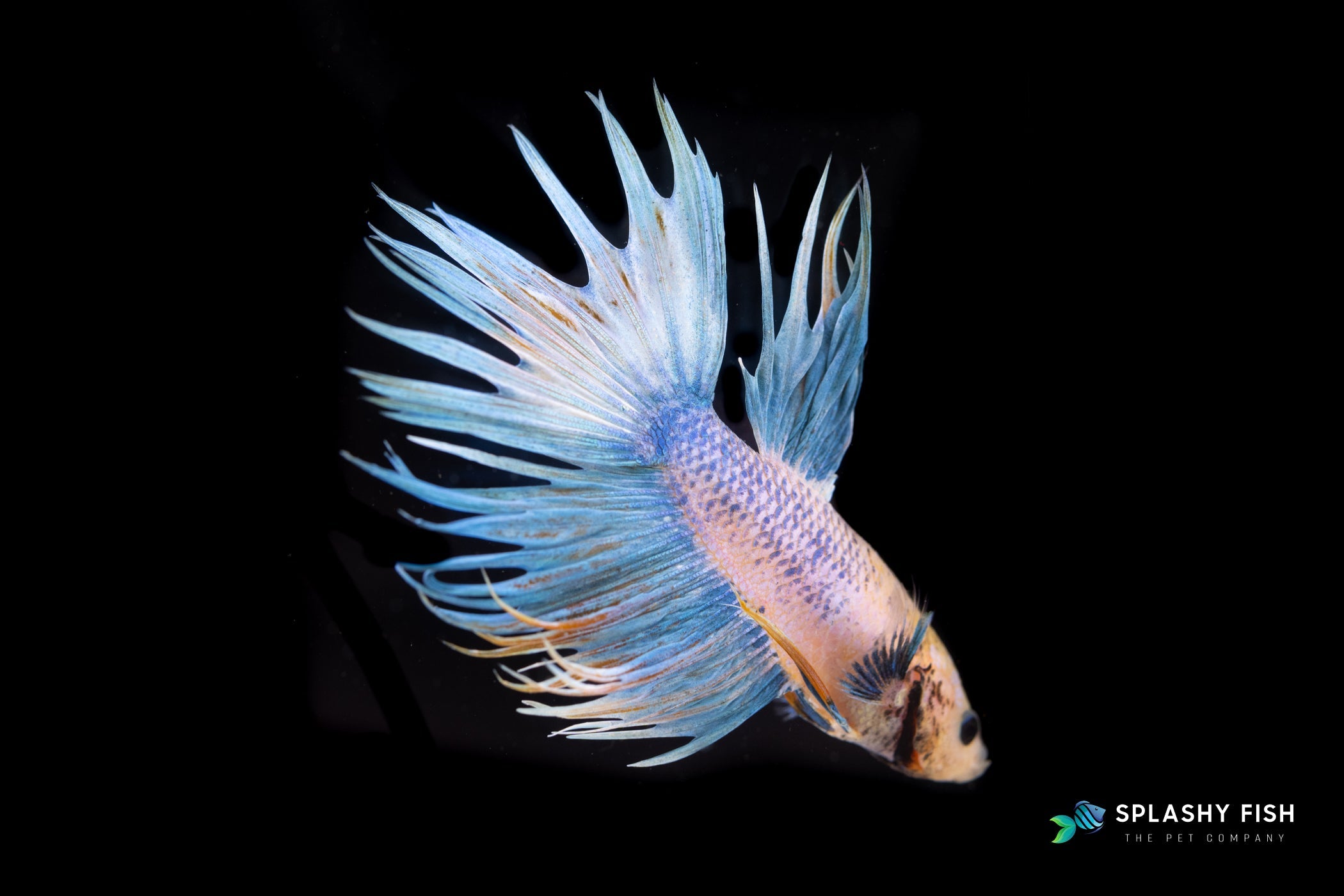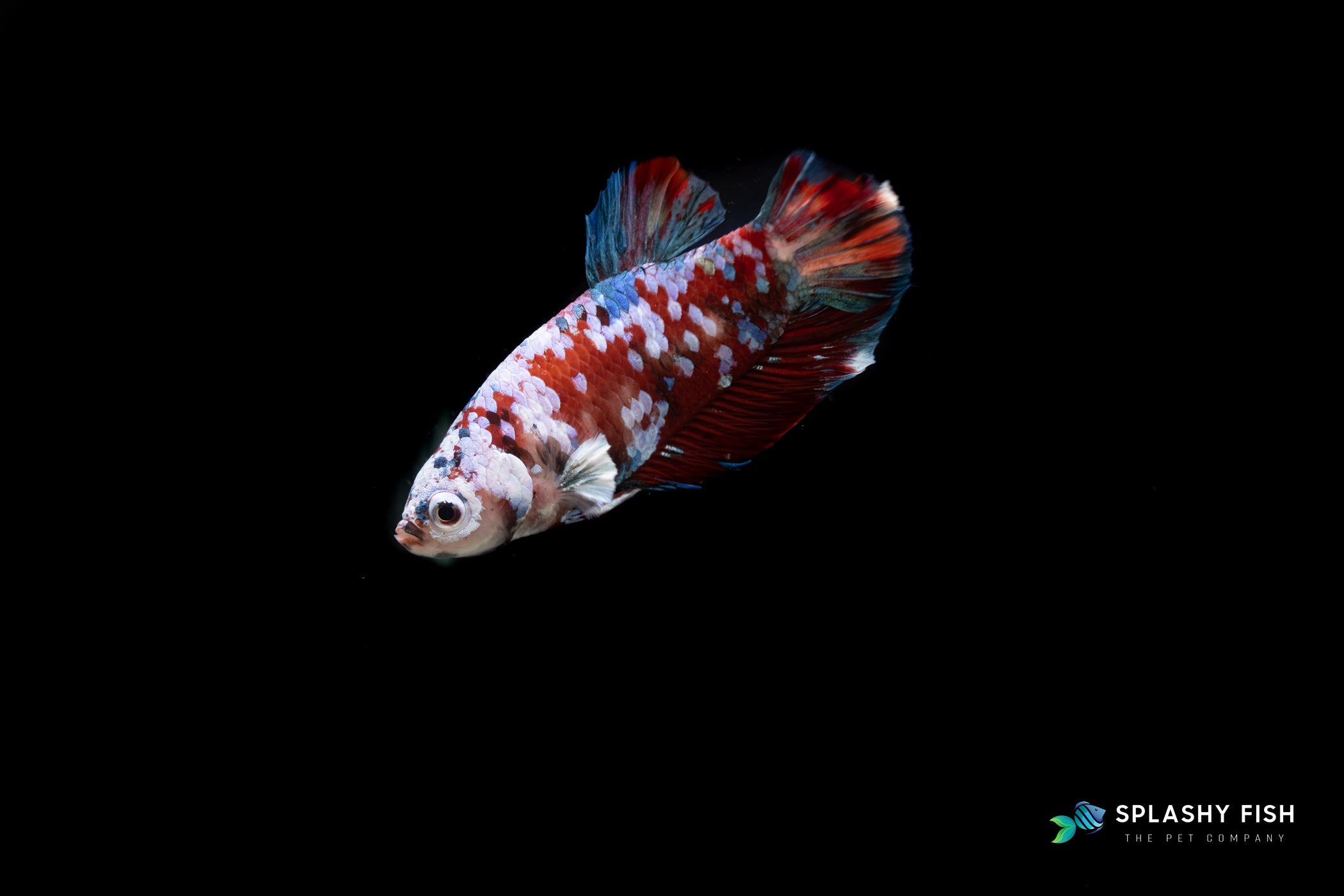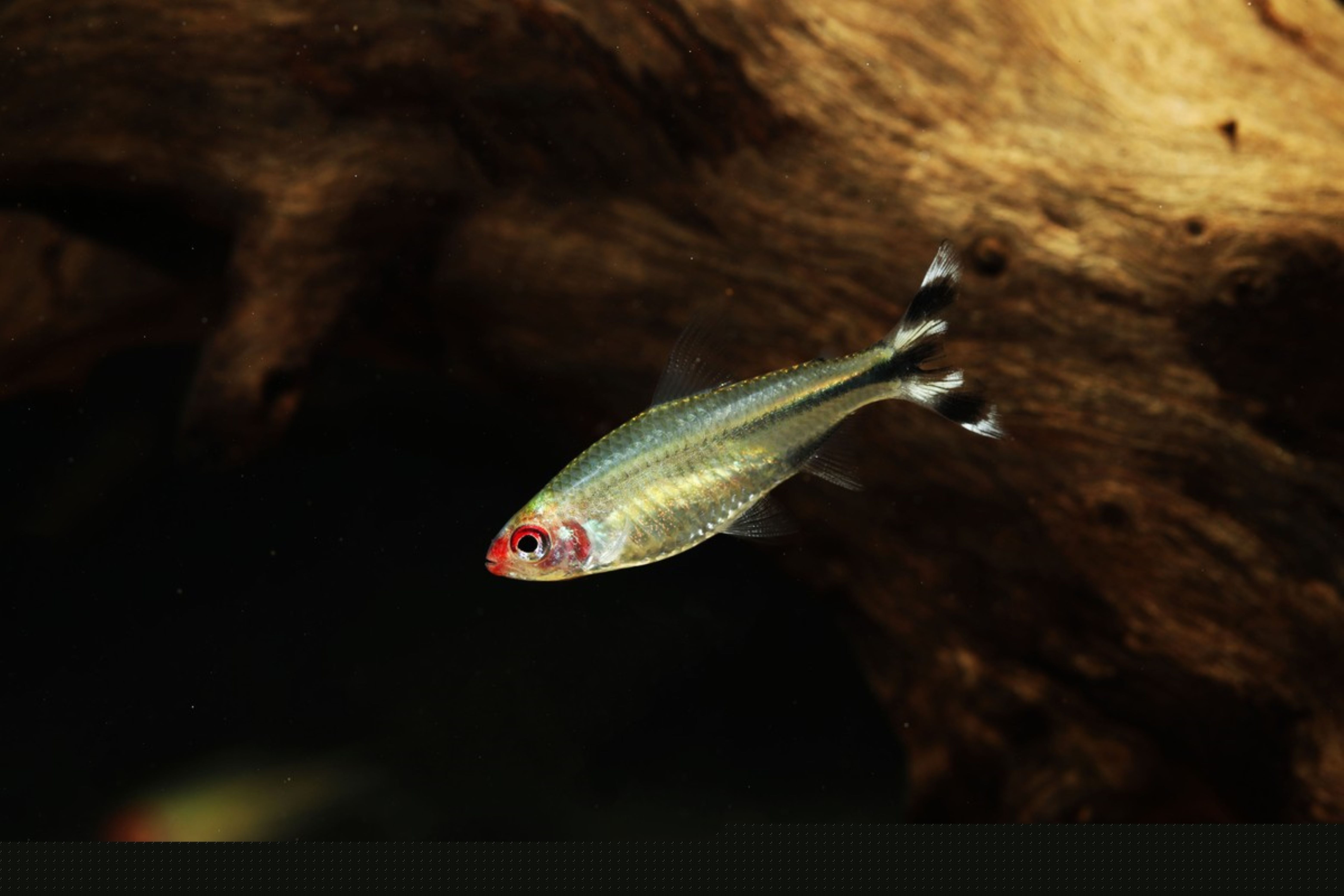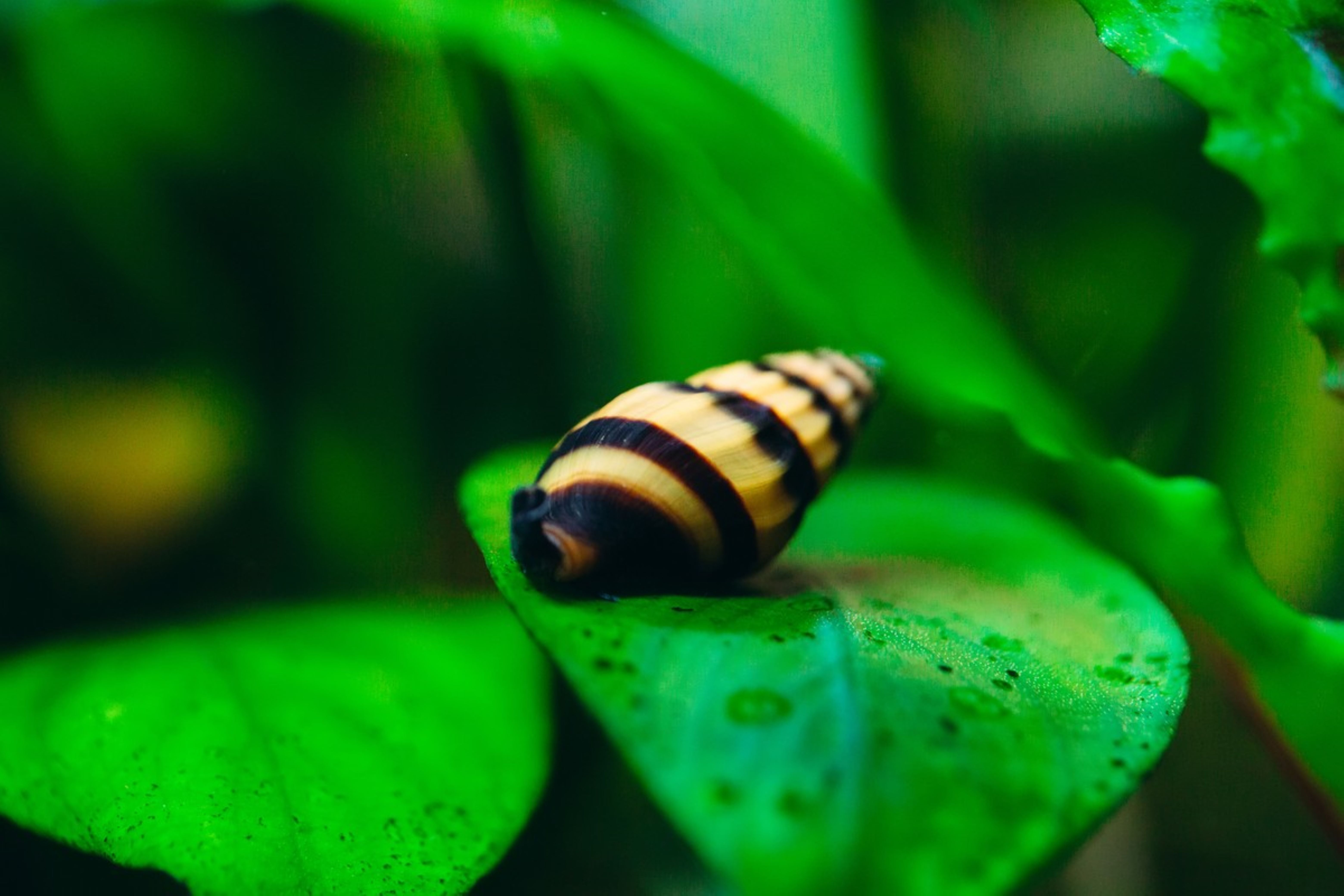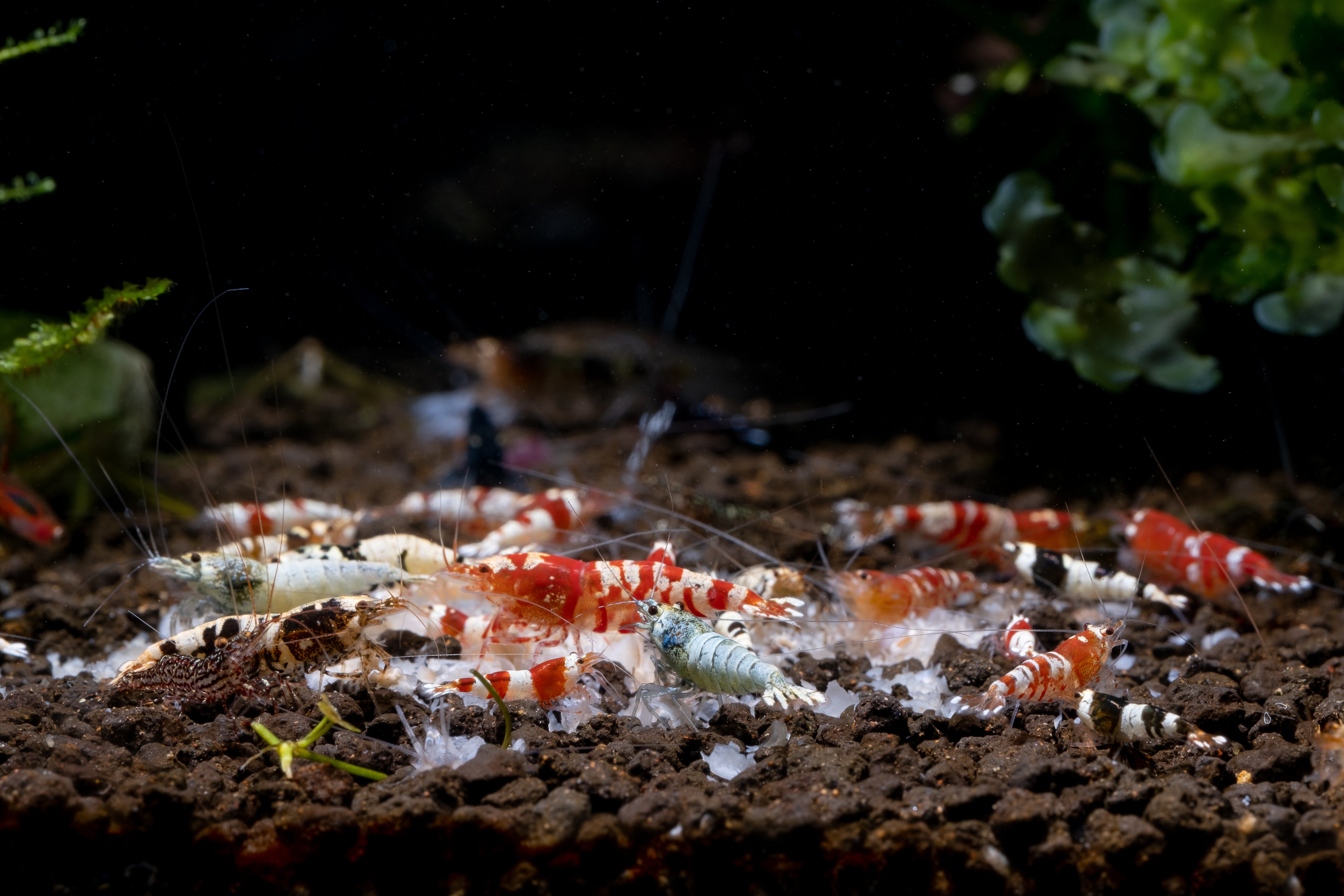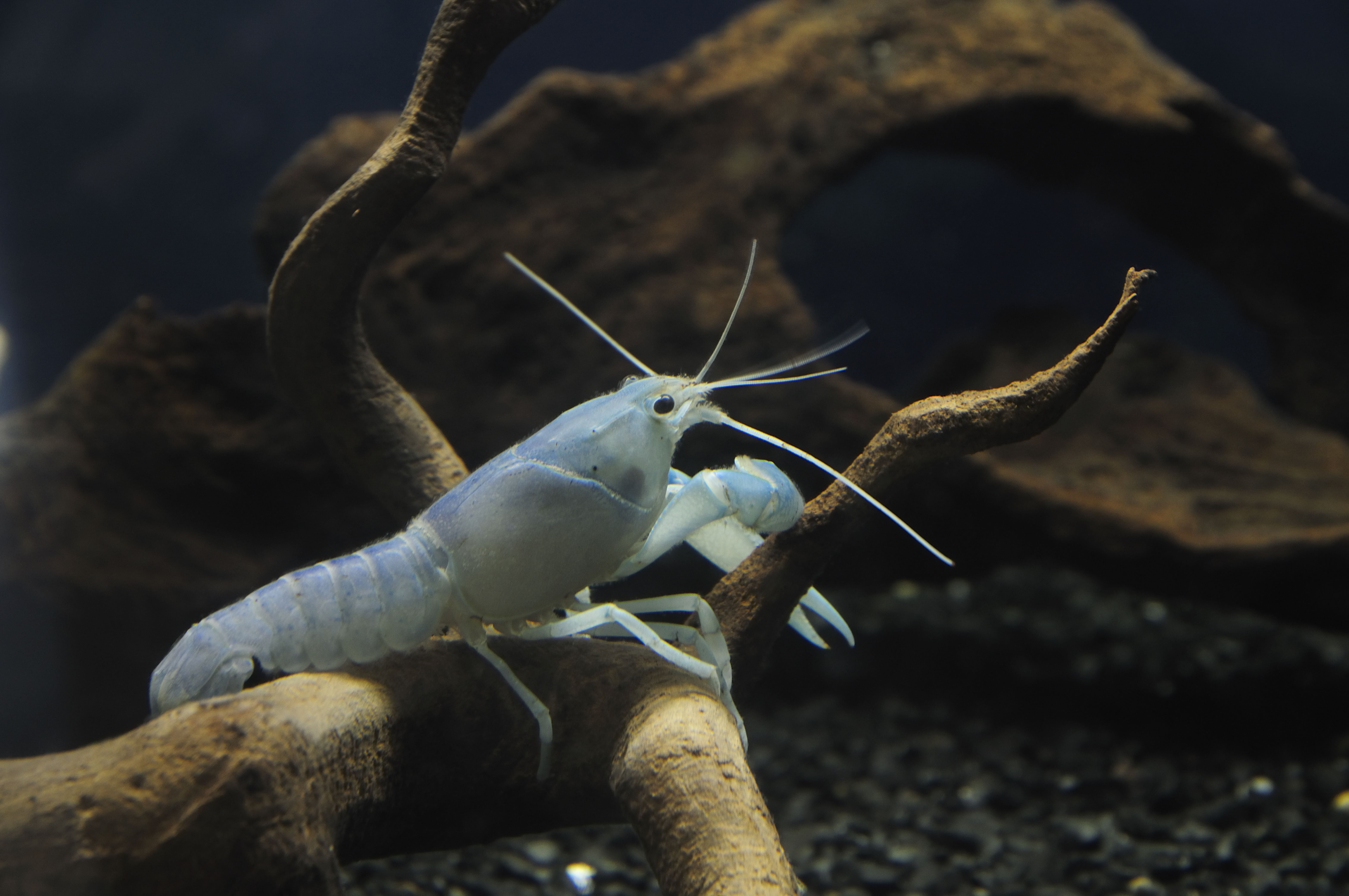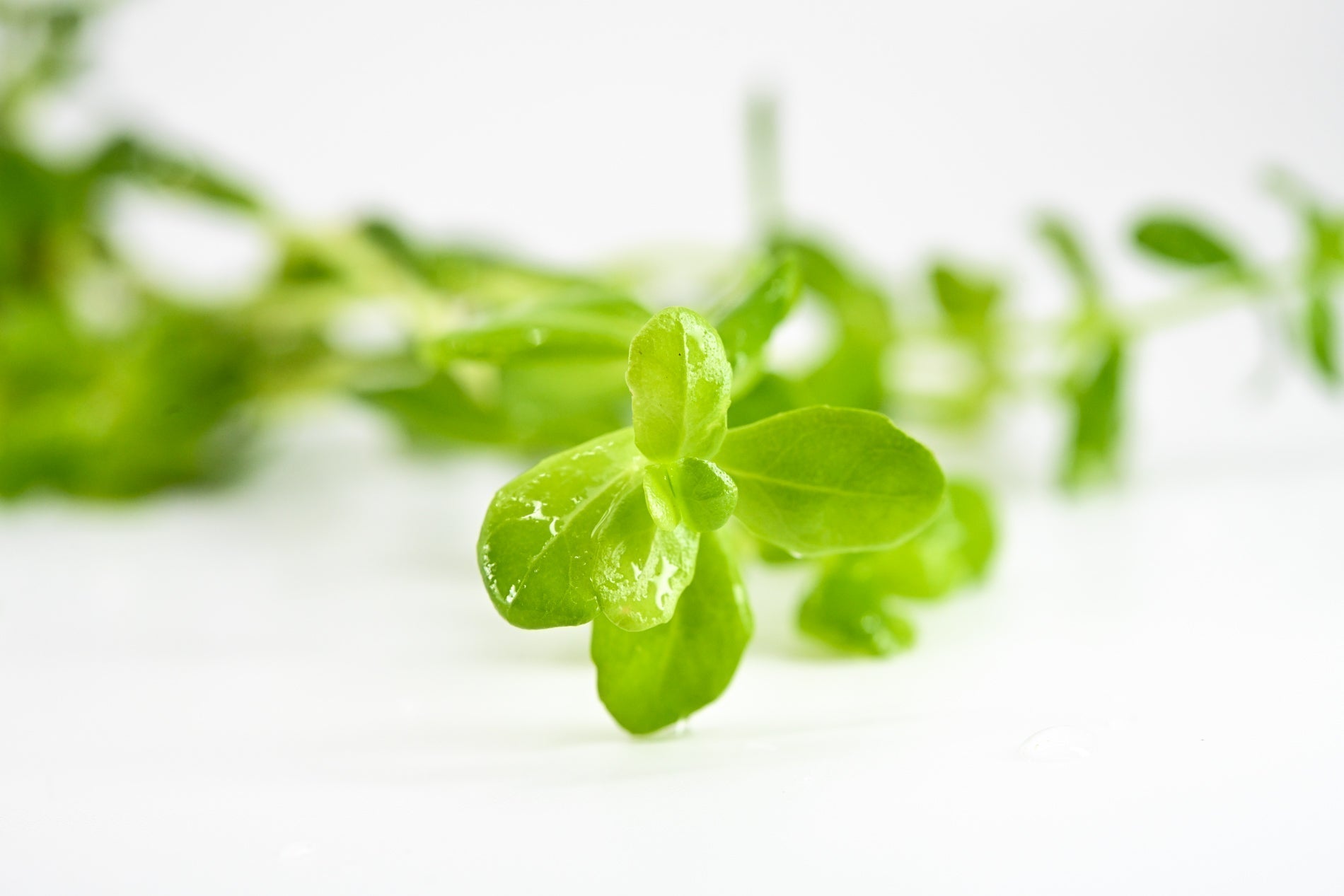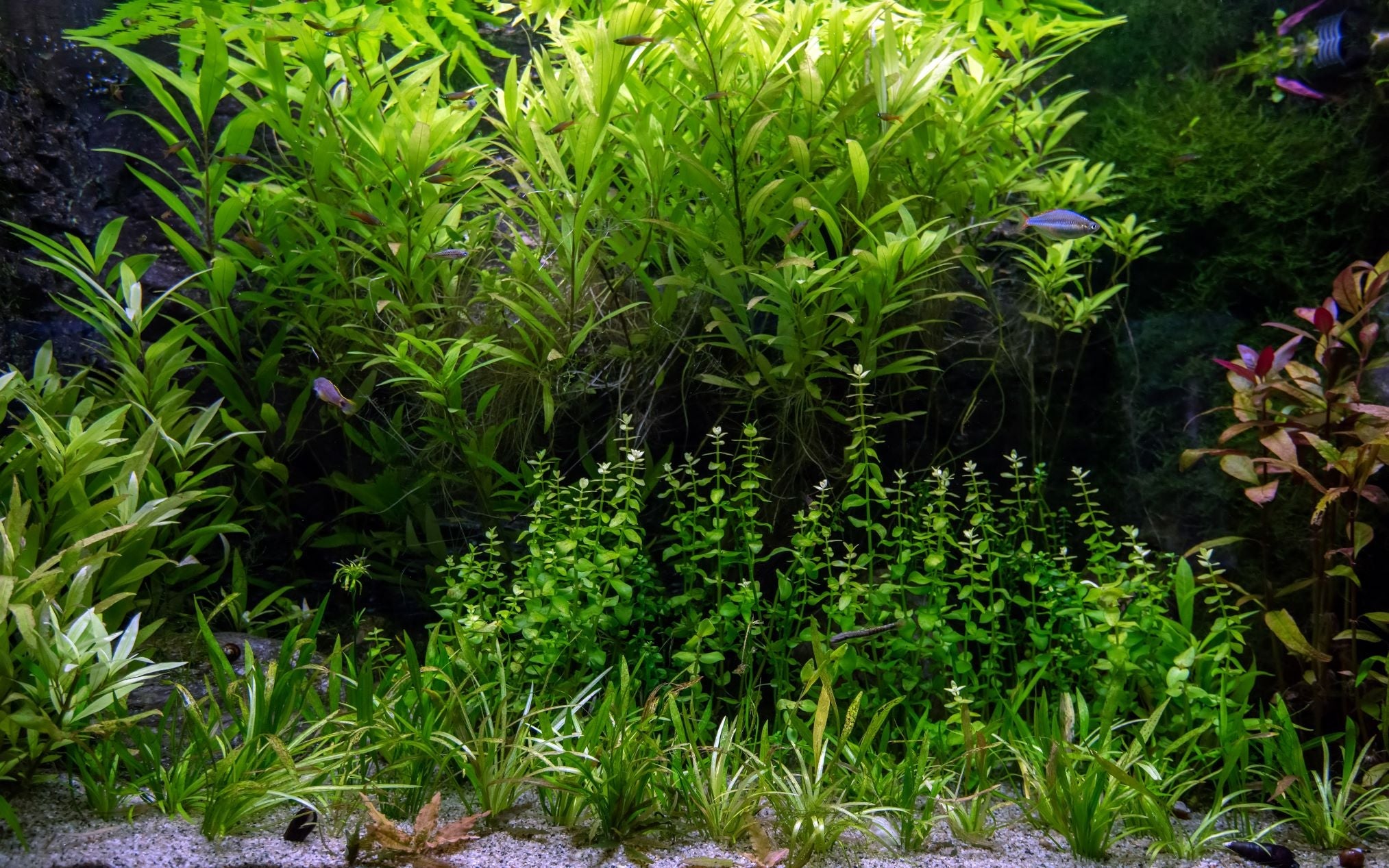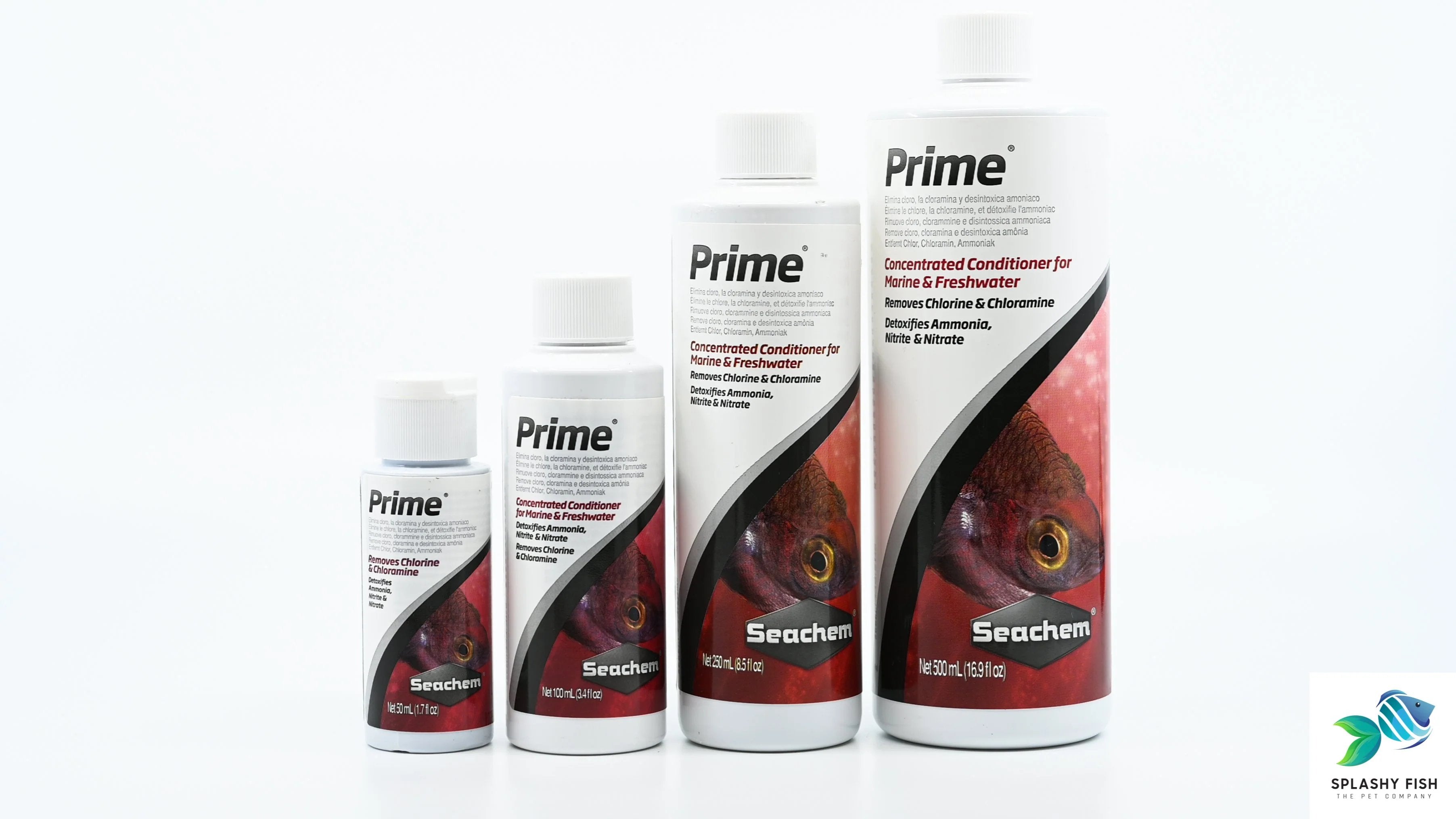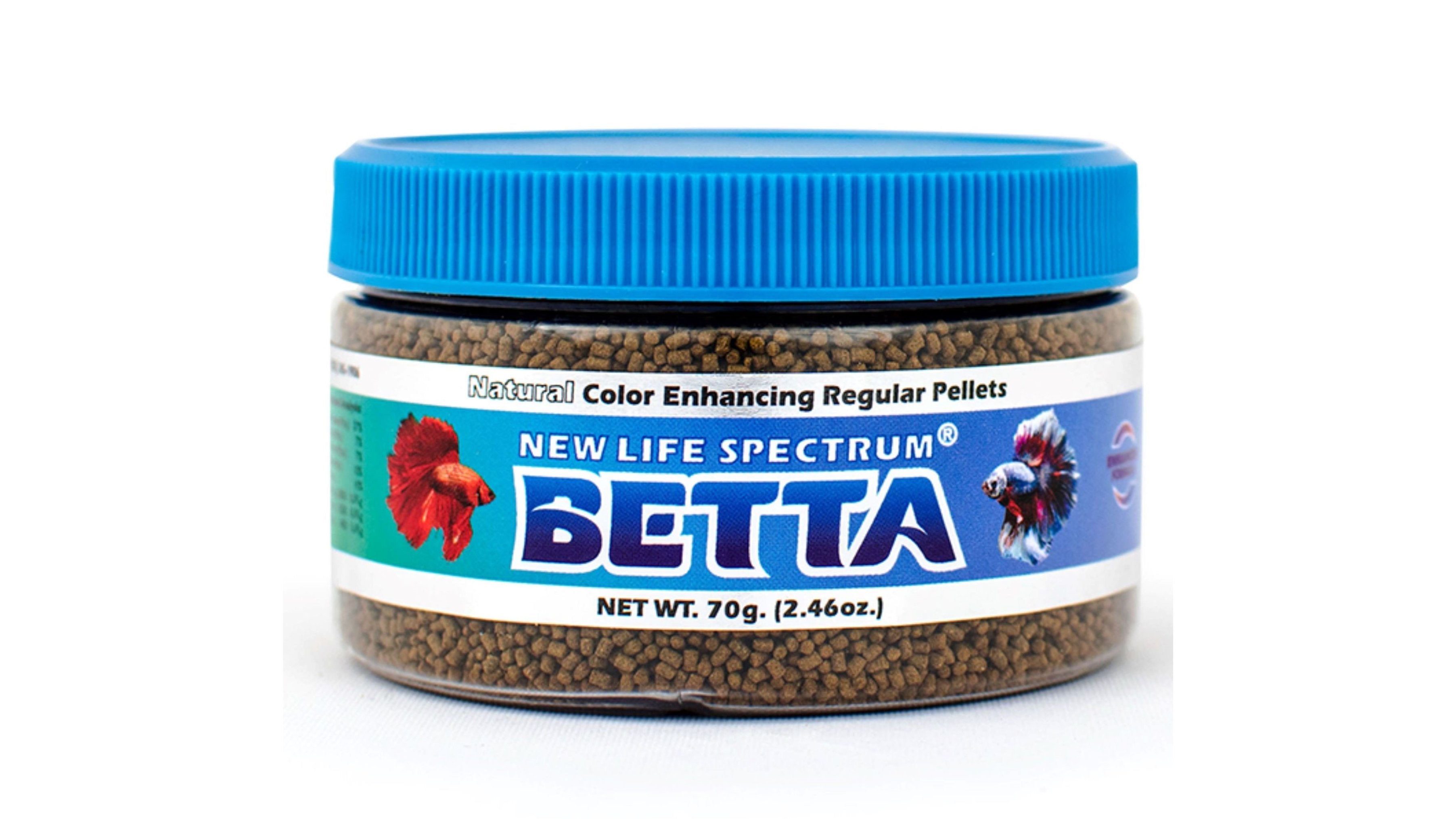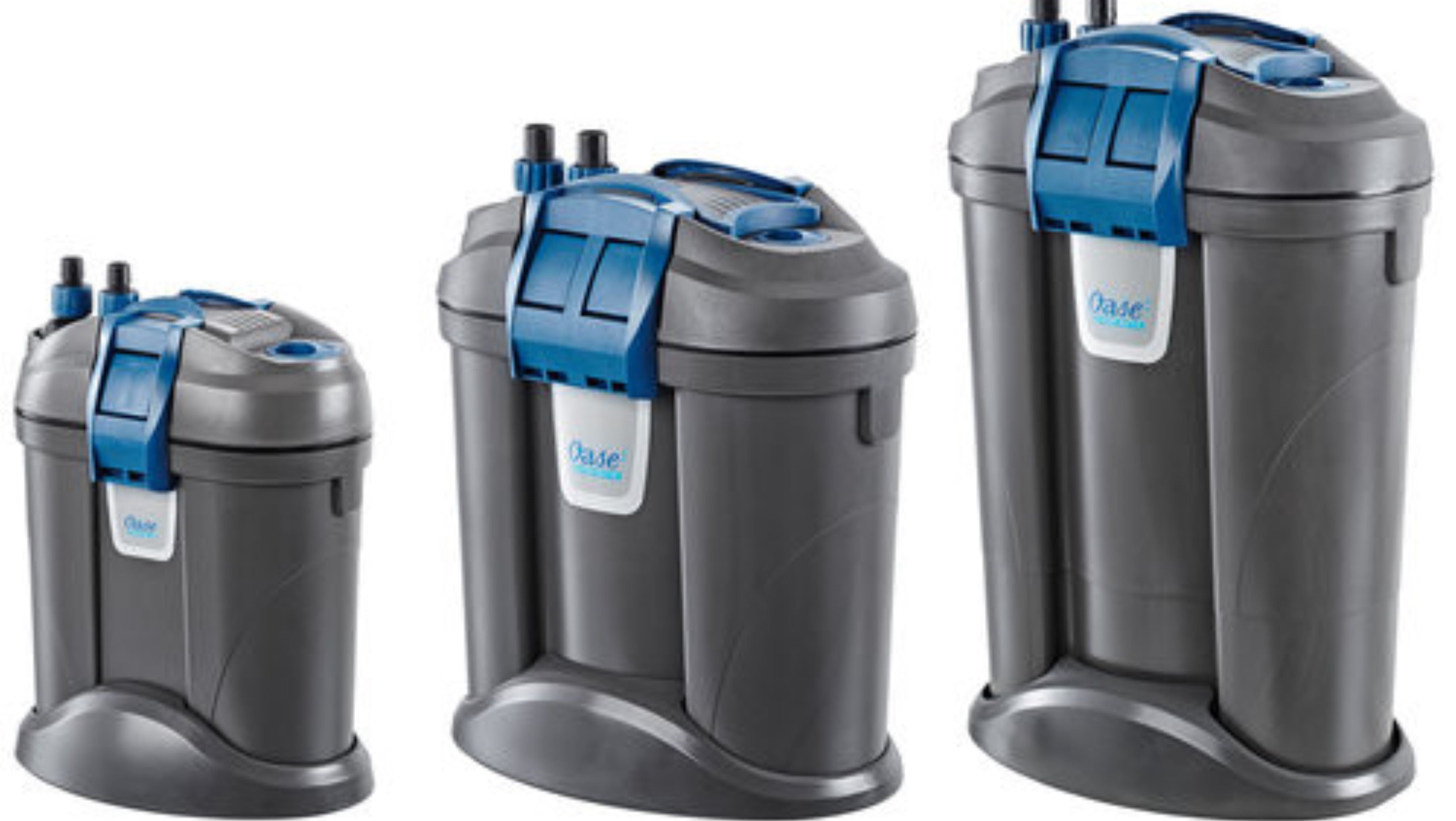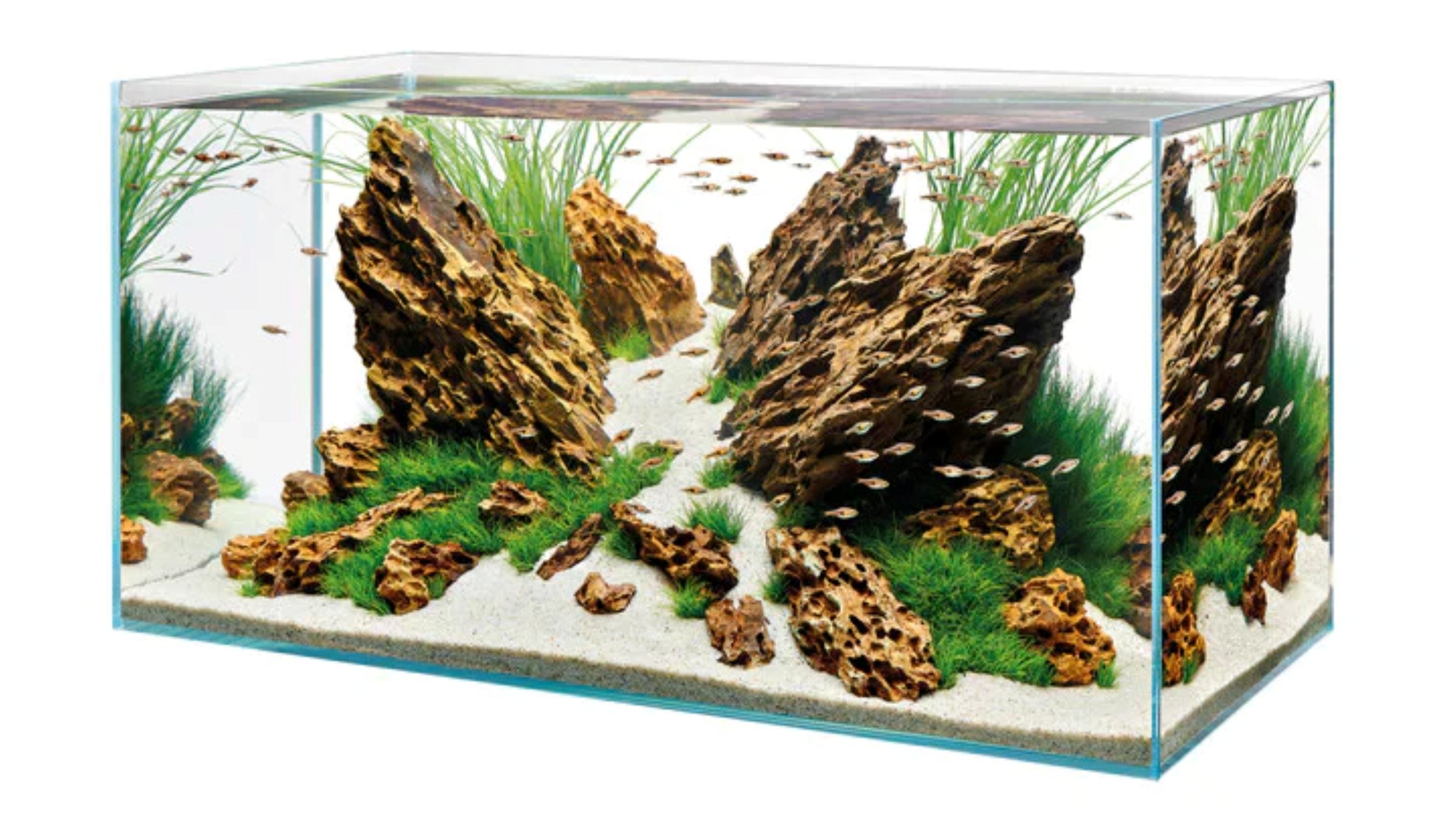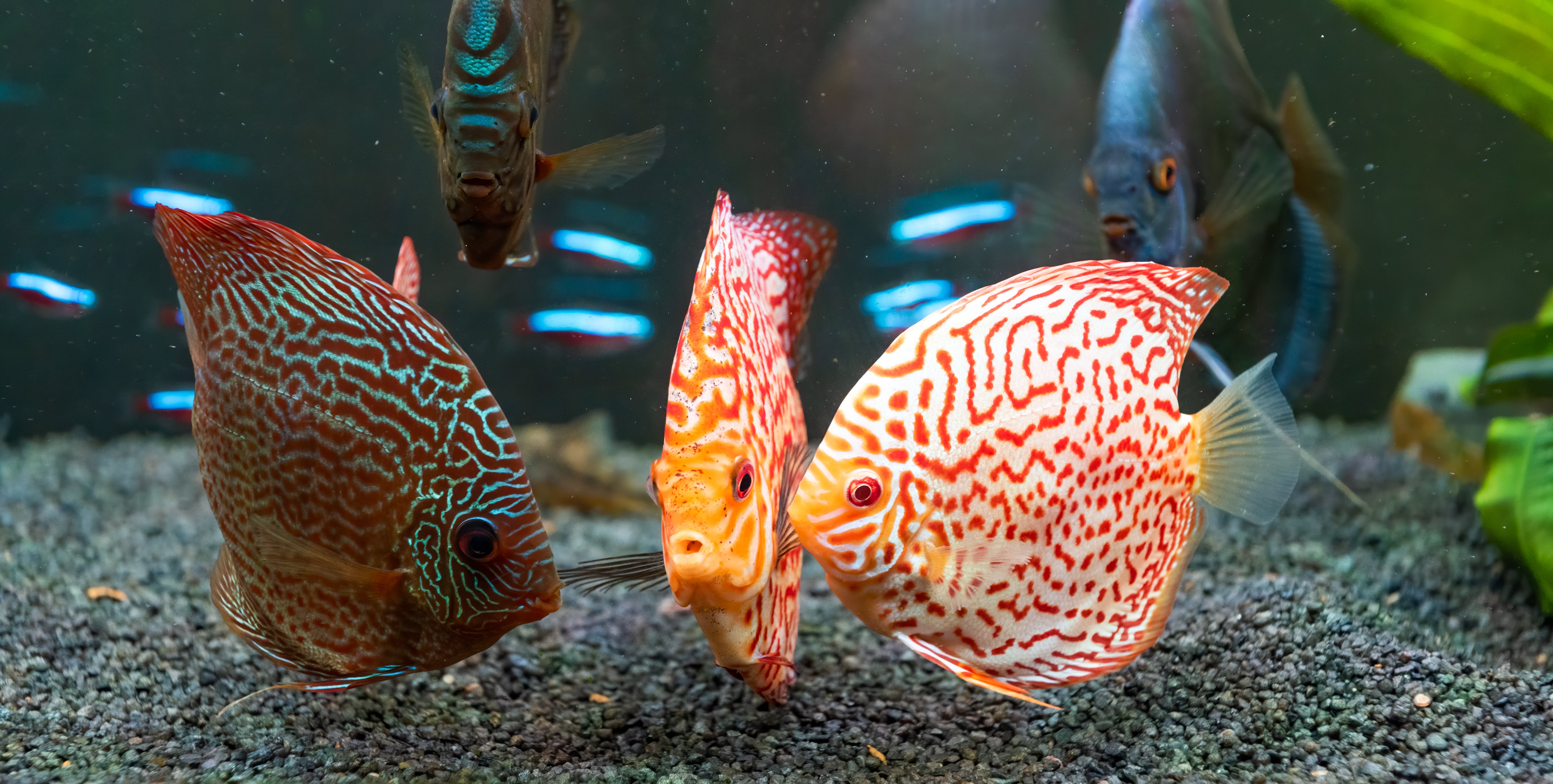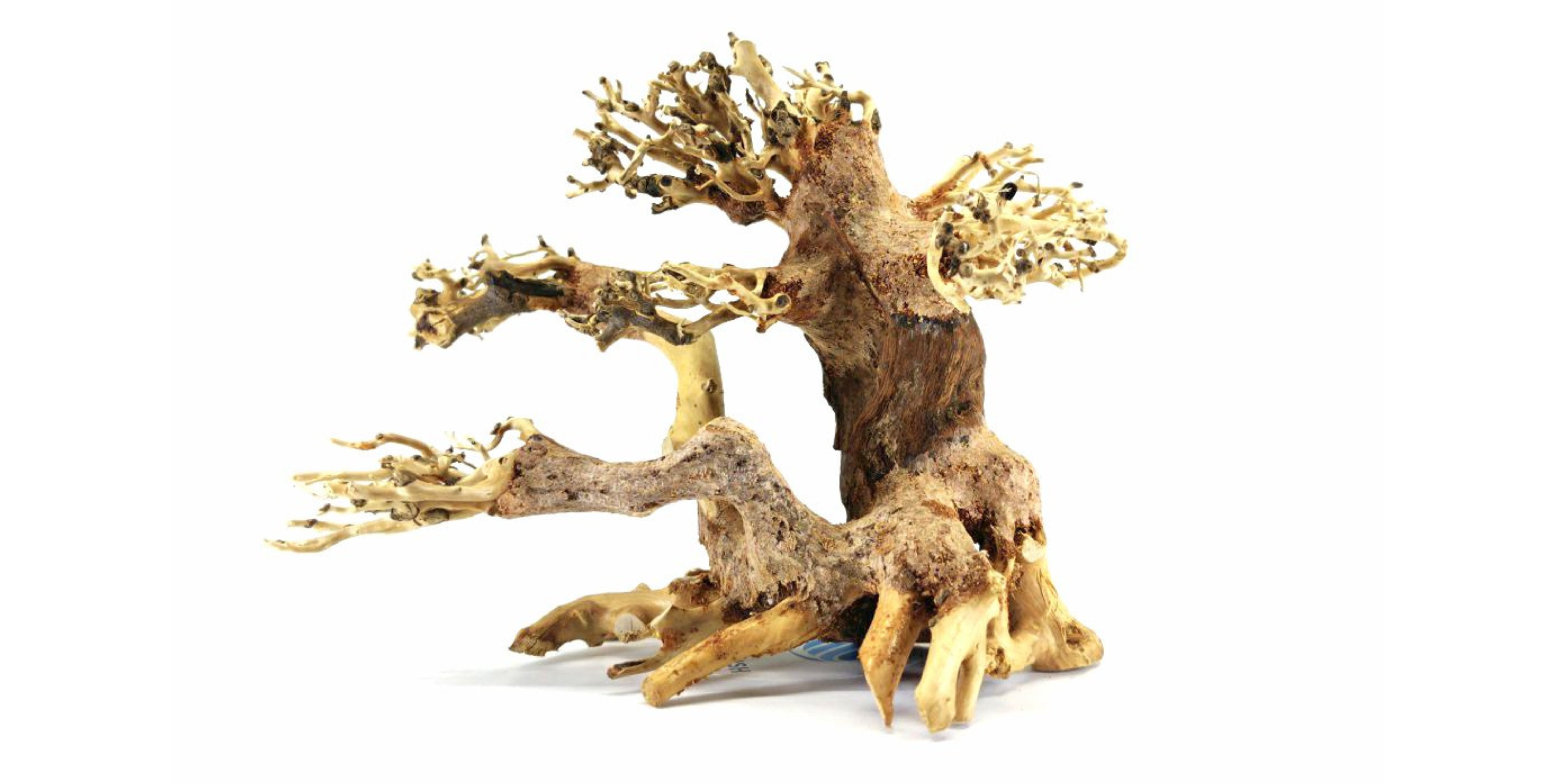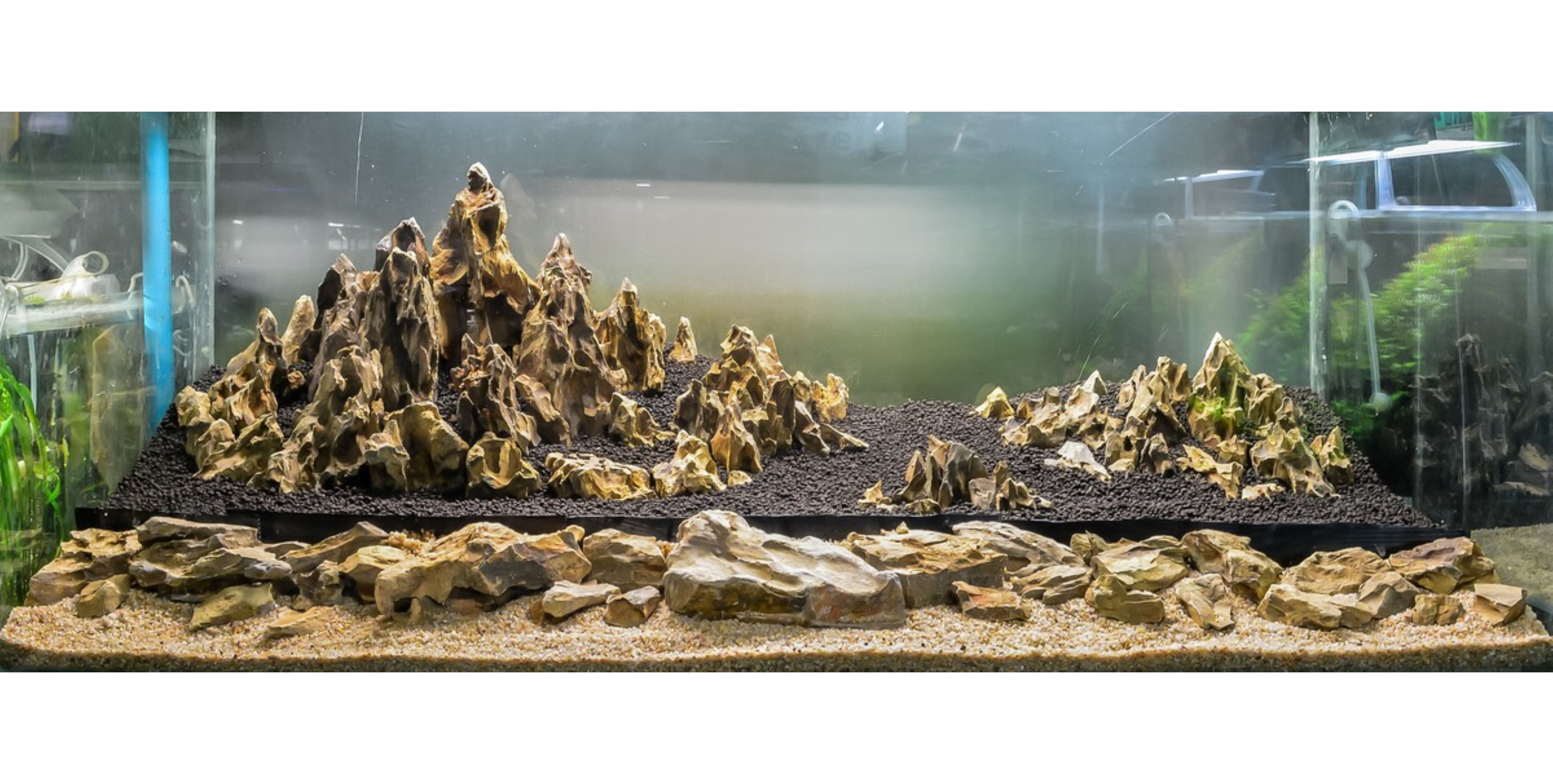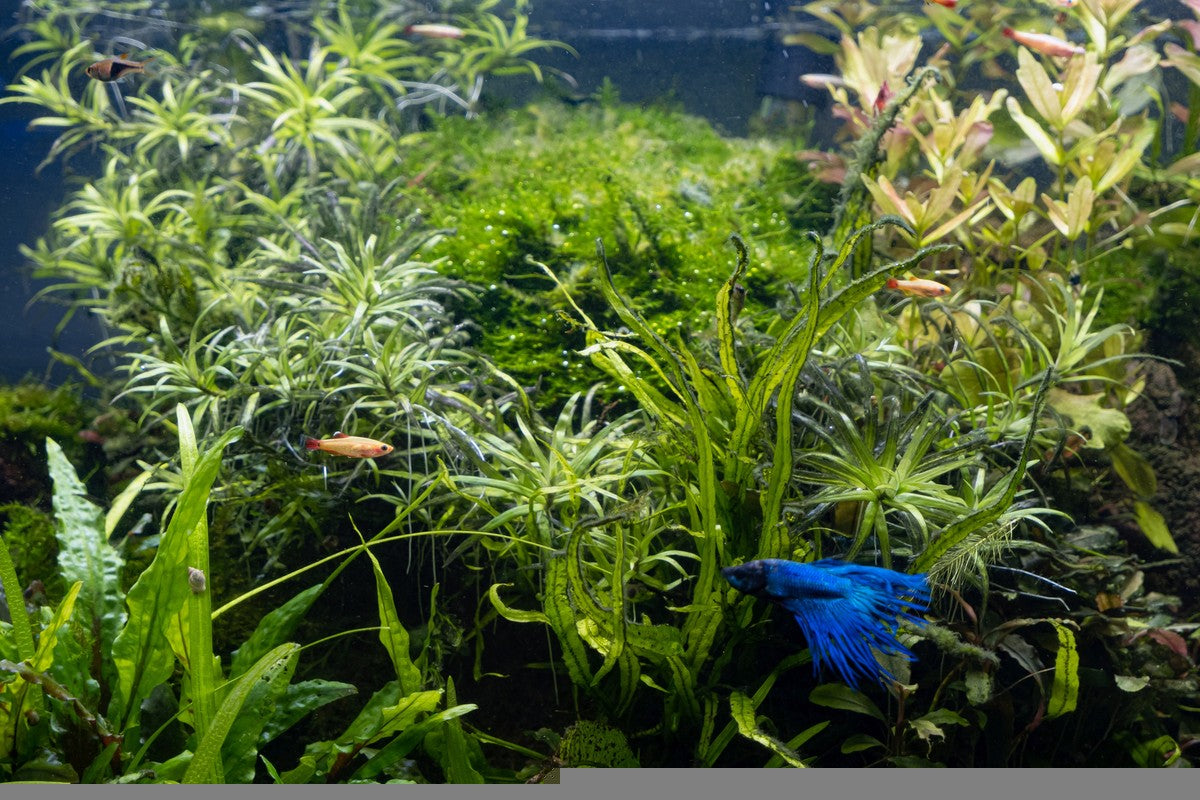Table of Contents
One simple way to enhance your betta fish tank is by adding live aquarium plants. These natural additions not only make your betta tank more visually appealing but also play a crucial role in improving water quality and creating a healthier environment. In this article, we will tell you the top 7 best aquarium plants for bettas and everything you need to know about a betta tank with plants.
Benefits of Having Aquatic Plants in Betta Fish Tank
Although betta fish are not compulsory in having live aquarium plants, there are still some benefits when having them in the betta tanks:
- Natural Filtration: Plants actively absorb harmful nitrates and ammonia, byproducts of fish waste. This natural filtration process keeps the water clean, clear, and less toxic, which is essential for your betta's health. They also utilize excess nutrients, helping to prevent unsightly algae blooms.
- Oxygenation: Through the amazing process of photosynthesis, plants convert carbon dioxide into oxygen. This oxygenates the water, providing your betta with a well-aerated environment that promotes optimal gill function and overall vitality.
- Shelter and Security: Plants offer a variety of hiding places and resting spots for your betta. This not only reduces stress but also encourages natural behaviors like exploring and building bubble nests. The sense of security provided by plant cover can lead to a happier and more confident betta.
- Enhanced Aesthetics: Adding lush greenery creates a stunning visual display, turning your tank into a captivating underwater world. The vibrant colors and varied textures of plants add depth and interest, making your betta's home a true work of art.
- Enrichment: Bettas are curious freshwater creatures that enjoy interacting with their environment. Plants provide a natural source of enrichment, allowing your betta to explore leaves and stems, play hide-and-seek, and even build bubble nests among the foliage.

Top 7 Low Maintenance Plants for Betta Fish Tank
Anubias Nana
This hardy, slow-growing Anubias with broad, dark green leaves is a favorite among betta keepers. It's incredibly versatile, thriving when attached to driftwood, rocks, or even planted in the substrate. Its low light requirements and tolerance for various water conditions make Anubias Nana ideal for beginners.
Salvinia Minima
Floating gracefully on the surface, Salvinia Minima is a delightful addition to betta tanks. Its small, velvety leaves create a natural canopy that provides shade and cover for your betta, mimicking their natural habitat. This easy-to-care-for floating plant also helps to control algae growth by competing for nutrients.
Red Root Floaters
These visually striking plants float on the water's surface, showcasing vibrant red roots and delicate green leaves. They not only add a splash of color to your tank but also excel at absorbing excess nutrients, making them valuable allies in maintaining water quality. The shade Red Root Floaters provides can also help to calm shy or skittish bettas.
Brazilian Pennyworts
Known for its rapid growth and round, coin-like leaves, Brazilian Pennywort is a versatile choice. It can be planted in the aquarium substrate or allowed to float freely. Its fast growth rate makes it excellent for absorbing excess nutrients, while its dense foliage provides ample hiding places and resting spots for your betta.
Java Fern
A classic and resilient plant, Java Fern is celebrated for its long, lance-shaped leaves that sway gently in the current. It's remarkably adaptable, thriving in a variety of water conditions and light levels. Its ability to anchor itself to aquarium rocks or bonsai driftwood adds a natural touch to your betta's environment.
Amazon Sword
If you have a larger betta tank, the Amazon Sword is a majestic choice. This tall, broad-leaved Sword plant adds a vertical dimension and creates a stunning backdrop. Its substantial size offers ample hiding spaces and even a surface for bettas to rest on when they build bubble nests.
Cryptocoryne wendtii
This diverse Cryptocoryne boasts a variety of leaf shapes, colors, and patterns, making it a captivating addition to any betta tank. With its ribbon-like leaves and relatively easy care requirements, Cryptocoryne wendtii is a popular choice among both beginners and experienced aquarists.
How to Set Up A Planted Tank for Betta Fish
Creating a thriving planted tank for your betta requires careful planning and attention to detail. Here's a comprehensive guide to get you started:
- Choose the right tank size: While bettas can technically survive in small spaces, a larger tank (5 gallons or more) is ideal for their well-being. A bigger aquarium tank allows for better water stability and provides more space for plants and your betta to thrive.
- Select appropriate lighting: Light is essential for plant growth and photosynthesis. Choose a low to moderate light fixture that suits the needs of your chosen plants. Too much aquarium light can lead to algae overgrowth, while too little light will hinder plant growth. Research the specific lighting requirements of your plants and invest in a suitable LED or fluorescent fixture.
- Invest in a good filter: A gentle aquarium filter is crucial for maintaining water quality. Opt for a sponge filter or a hang-on-back filter with adjustable flow. The filter will help remove debris, aerate the water, and create a healthy environment for both your betta and the plants.
- Choose the right substrate: Use a nutrient-rich substrates to support plant growth. Fine gravel, sand, or specialized aquatic soil are all suitable options. Avoid sharp gravel, as it can damage your betta's delicate fins. Consider adding a layer of root tabs beneath the substrate to provide additional nutrients for root-feeding plants.
- Add fertilizer: Supplement the substrate with liquid or tablet aquatic plant fertilizer to provide essential nutrients for your plants. Choose a fertilizer that is specifically formulated for aquatic plants and follow the manufacturer's instructions for dosage such as APT 1 or APT 3 from 2Hr Aquarist.
- Gradually introduce plants: Start by adding a few hardy plant species and monitor their growth before adding more delicate varieties. This allows you to gauge the tank's conditions and ensure that the water parameters are stable before introducing more sensitive plants.
- Aquascape with intention: Arrange your plants in a visually appealing way, creating different heights and textures. Use aquarium decor like rocks, driftwood, and other hardscape elements to add depth and interest to your aquascape. Remember to leave open swimming spaces for your betta.
- Acclimate your betta: After setting up the planted tank and allowing it to cycle for a few weeks (to establish beneficial bacteria), gradually acclimate your betta to the new environment. This involves slowly introducing small amounts of tank water into the container your betta is in, allowing them to adjust to the new water parameters before releasing them into the tank.

Tips to Care for Planted Betta Tank
Maintaining a healthy planted betta tank requires ongoing care and attention. Here are some essential tips:
- Regular water changes: Perform partial water changes (25-50%) every week to remove excess waste and replenish essential minerals. Use a gravel vacuum to clean the substrate and remove any accumulated debris.
- Monitor plant growth: Trim plants as needed to prevent overcrowding and ensure adequate light reaches all levels of the tank. Pruning encourages healthy growth and prevents taller plants from overshadowing smaller ones.
- Check water parameters: Regularly test for ammonia, nitrite, nitrate, and pH levels to ensure they are within safe ranges for both fish and plants. Invest in a reliable water test kit and maintain a log of your test results.
- Prevent algae overgrowth: Limit excessive light exposure and avoid overfeeding to prevent algae blooms. Algae-eating snails or shrimp can also help control algae growth.
- Dose fertilizer as needed: Depending on the types of aquarium plants in your tank and their growth rate, you may need to dose liquid fertilizer regularly. Follow the manufacturer's instructions and adjust the dosage based on your plants' needs.
- Monitor your betta's health: Observe your betta for any signs of illness or stress. Look for changes in appetite, activity level, and fin condition. If you notice any issues, take appropriate action to address them promptly.
- Be patient: Creating a thriving planted tank takes time and patience. Don't get discouraged if you encounter setbacks. With consistent care and attention, your planted betta tank will flourish into a beautiful and healthy aquatic ecosystem.
- Research and learn: Continuously educate yourself about the specific needs of your plants and your betta. There are numerous online resources and forums where you can learn from other hobbyists or betta breeders and get advice on specific challenges.
Conclusion
Creating a planted tank for your betta fish is a rewarding endeavor that offers numerous benefits for both your fish and your visual enjoyment. By choosing suitable plants, setting up the tank correctly, and following proper maintenance routines, you can create a thriving, beautiful underwater world that will elevate the experience of owning a betta fish.
At Splashy Fish store, we guarantee that our freshwater plant for sale and a wide range of betta fish for sale are all high-quality products. Visit our tropical fish store online or aquariums Virginia to build your aquarium now!
FAQs
Do betta fish need live aquarium plants?
No, bettas don't strictly need live plants, but they greatly benefit from them. Plants improve water quality, offer shelter, and create a more stimulating environment.
What is a good plant for betta fish?
Some good plant choices for bettas include Anubias Nana, Salvinia Minima, Red Root Floaters, Brazilian Pennywort, Java Fern, Amazon Sword, and Cryptocoryne wendtii.
Can I keep a betta fish in a vase with plants?
While it might seem appealing, a vase is not a suitable environment for a betta. They need proper filtration, adequate space to swim, and a regulated water temperature.


